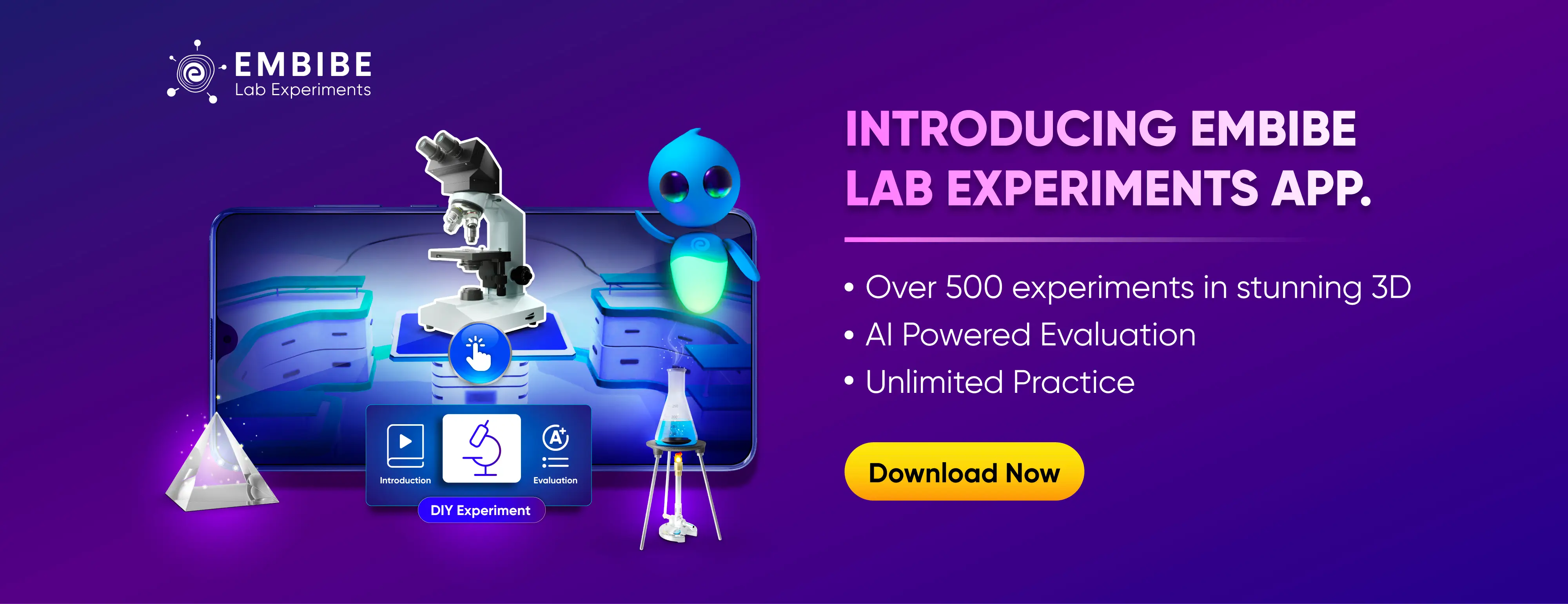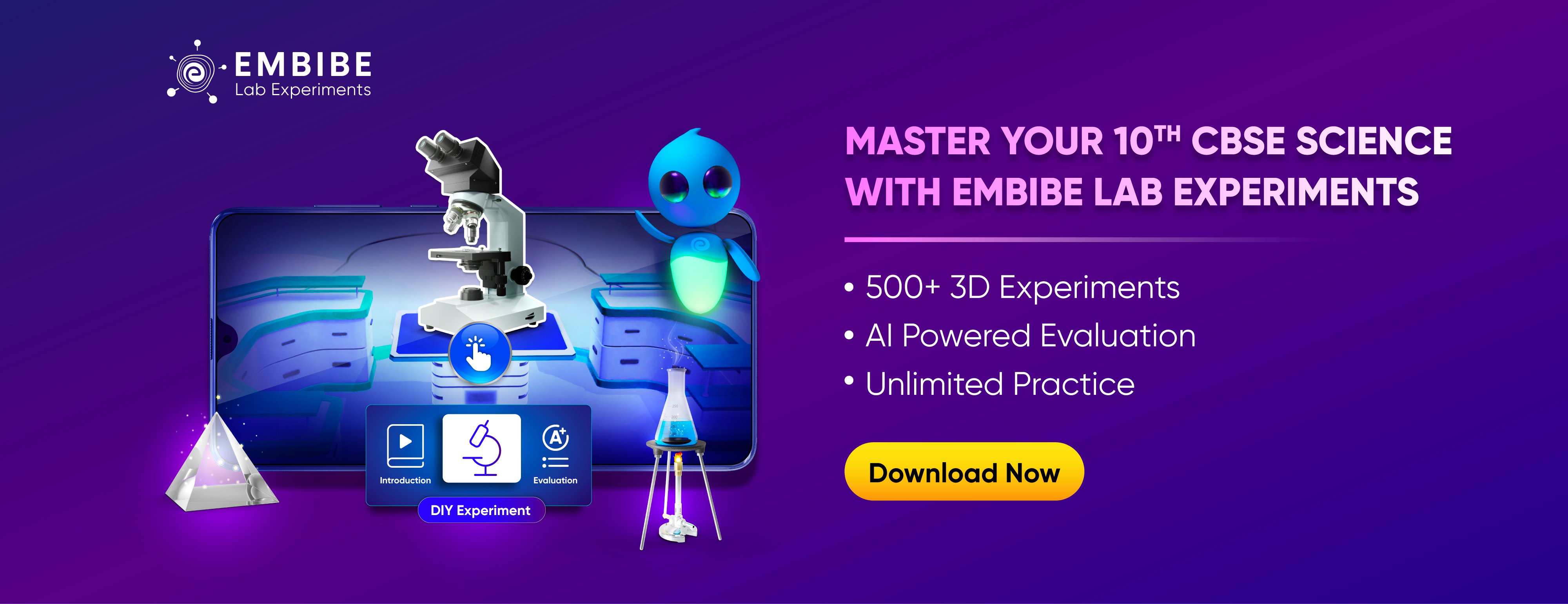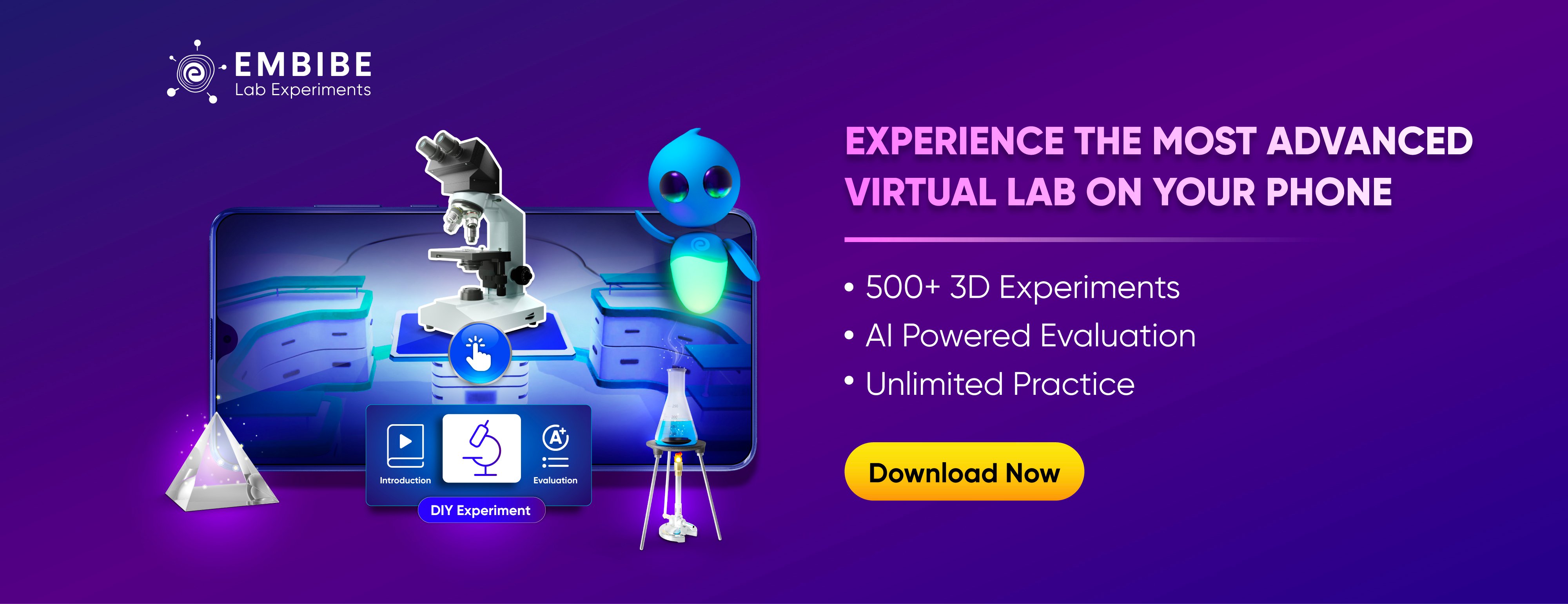What are Aldehydes and Ketones? Aldehydes and ketones are organic compounds that incorporate a carbonyl functional group, C=O. The carbonyl carbon atom of this group...
Aldehydes & Ketones: Virtual Lab Experiment
March 14, 2024
Simple distillation is a method of separating components from their liquid mixtures based on the difference in their boiling points. In this method, the mixture to be separated is heated and then cooled using a water condenser. The condensed vapours are then collected from the outlet of the condenser tube. The component with higher vapour pressure has a lower boiling point, so it evaporates and gets collected before the higher boiling component. In this way, different components are collected at different boiling temperatures.
When the mixture’s components differ widely in their boiling points (more than 25 °C), this method is most suitable for their separation. The liquid obtained after condensation is called distillate and can be easily collected in a beaker or conical flask

Simple Distillation
The above-shown setup of simple distillation consists of a distillation flask in which the mixture to be separated is kept for boiling. A condenser is attached to the arm of the distillation column, which helps collect the components at different boiling temperatures by cooling.
Carrying out simple distillation involves the following steps:
Fractional distillation.
| Simple Distillation | Fractional Distillation |
| It is used to separate components from the miscible mixture with large differences in their boiling points. | It separates components from the miscible mixture, which has similar boiling points. |
| Vapours formed when the liquid is heated are directly condensed in the water. | Vapours formed get first condensed and evaporated again inside the fractionating column and then reach the water condenser. |
| Liquids with higher vapour pressure are collected first, and then the lower boiling liquids. | Liquid with a lower boiling point is collected first, and the liquids with higher vapour pressure reach the condenser. |
| Example: A mixture of acetone (b.p. 329K) and water (b.p. 373K) can be separated using simple distillation | Example: A mixture of acetone (b.p. 329K) and methanol (b.p. 337.7K) is separated using fractional Distillation |

Applications and examples of distillation process <Brief in 200-250 words>
There are various applications of distillation process such as:
Producing Gasoline: Many components of crude oil are not suitable to be used as fuel and hence to separate the crude oil into various components, distillation is very useful. This is one of the largest known industrial applications of distillation.
Purification of water: Various harmful minerals and other impurities can be removed from the water. This is used in many industrial applications like the production of distilled water.
Recycling Oils: Overtime reusage of oils can contaminate them with water and other impurities; this oil can be purified using fractional distillation.
Synthesis of essential oils: Steam distillation of flowers is useful in producing essential oils and water-based distillate. This is industrially used in the production of various perfumes.
Production of various alcoholic beverages: Fermented material during ethanol production can be concentrated and purified using distillation. Various beverages can be prepared depending on the aroma and concentration of ethanol during distillation
Treating oil spillage in the sea: Fractional distillation is used to treat the oil spillage in the sea. This is used in the separation of the oil from spillage into various useful crude oils.
Simple Distillation Experiment
Experiment Title –
Simple Distillation Experiment
Experiment Description –
Simple distillation is a method for separating a mixture of two miscible liquids based on the difference in their boiling points. Let us perform a simple distillation experiment.
Aim of Experiment –
To separate a mixture of two miscible liquids by simple distillation
Apparatus and Material Required –
Apparatus
Distillation flask
Laboratory thermometer (-10 °C to 110 °C)
Condenser
Two beakers (250 mL)
Tripod stand
Wire gauze
Single bore cork
Burner
Iron stand
Materials
Mixture of water and acetone
Procedure –
Precautions –

Ans: The temperature at which the vapour pressure of a liquid becomes equal to the external pressure surrounding the area of the liquid is known as the boiling point of that liquid.
Ans: Fractional distillation.
The difference between the boiling points of methanol and ethanol is 14 K. Mixtures composed of miscible liquids that differ in their boiling points by less than 25 K can be separated using fractional distillation. Simple distillation is used to separate the liquids which differ in their boiling points by more than 25 K.
Ans: Water
Water has a higher boiling point than ethanol. This indicates that the molecules of water are close enough and bonded to each other by a strong intermolecular force of attraction. Hence, water requires more heat than ethanol for the molecules to separate during vaporisation.